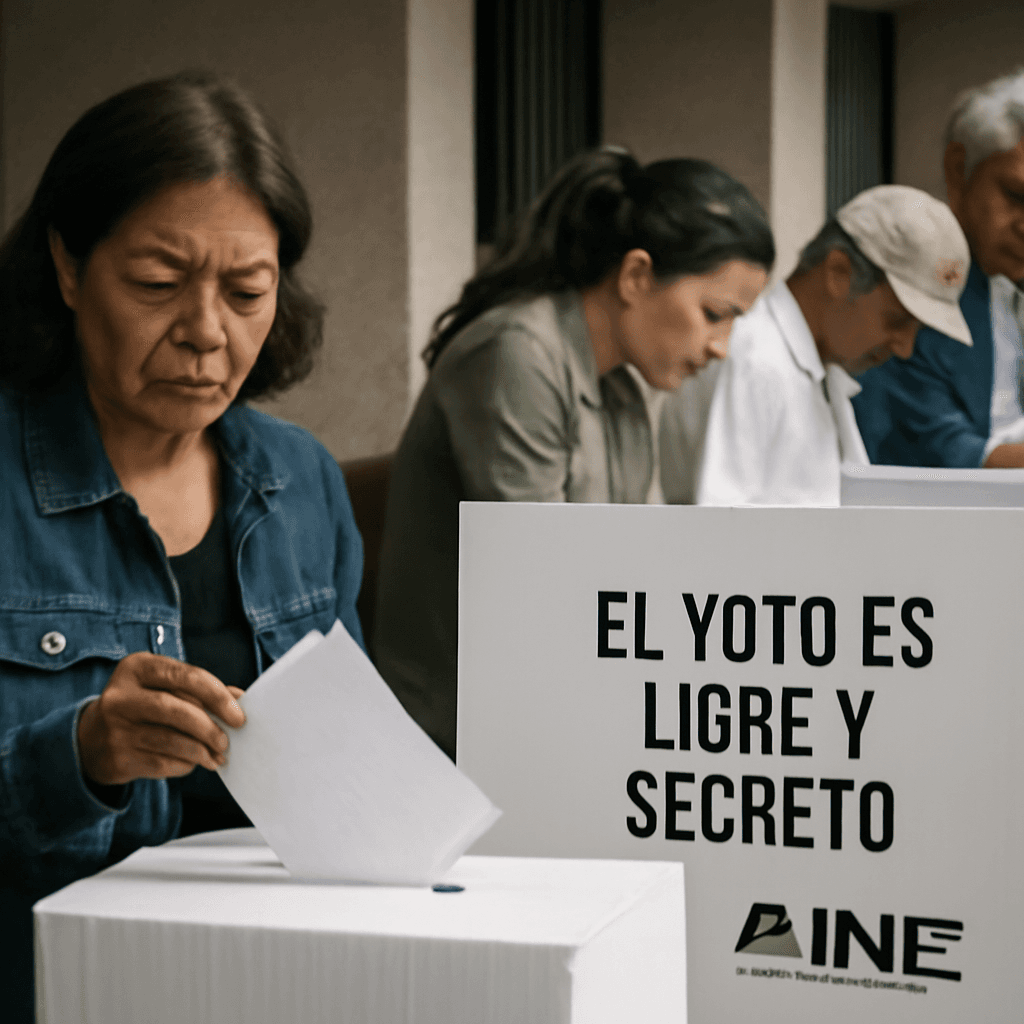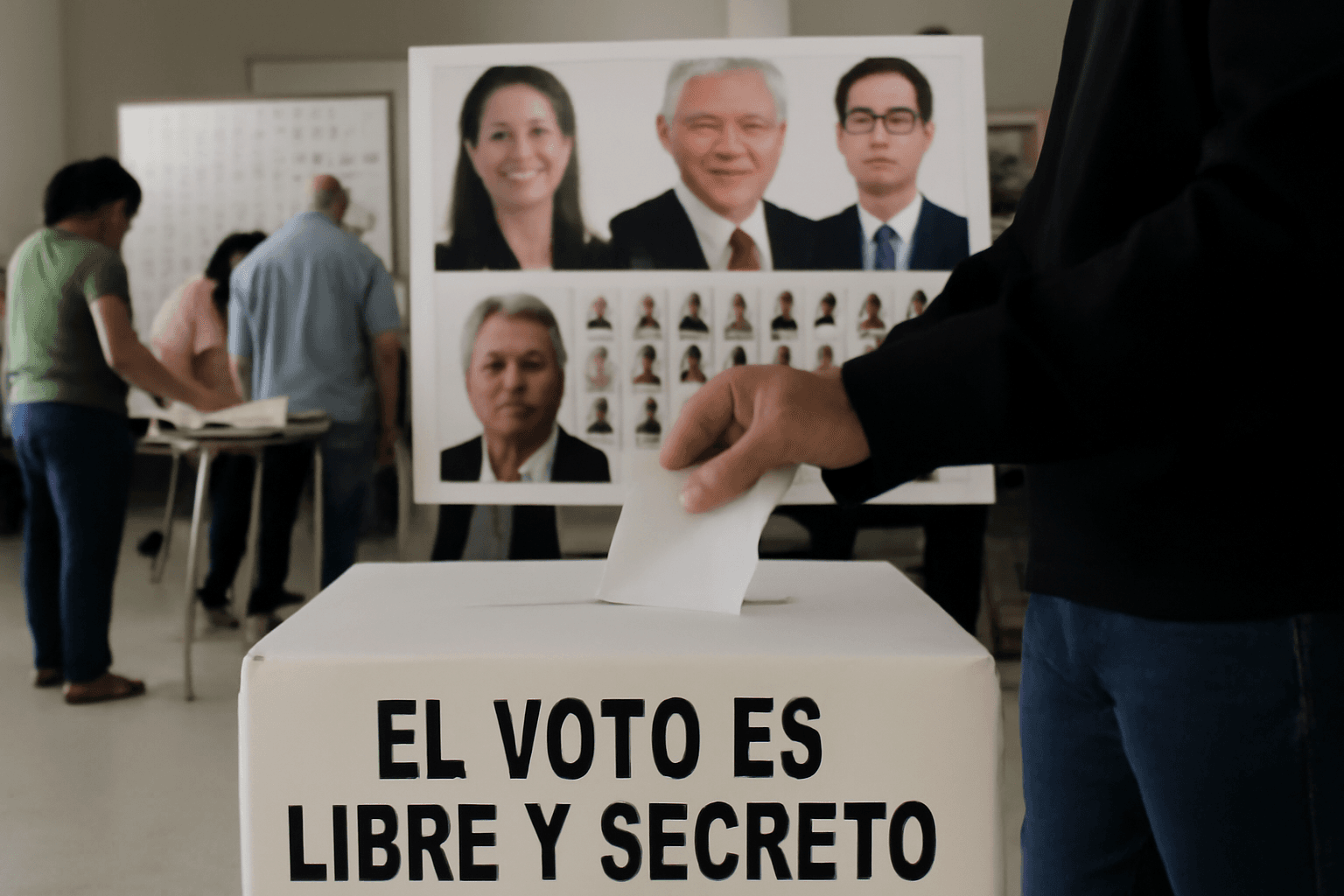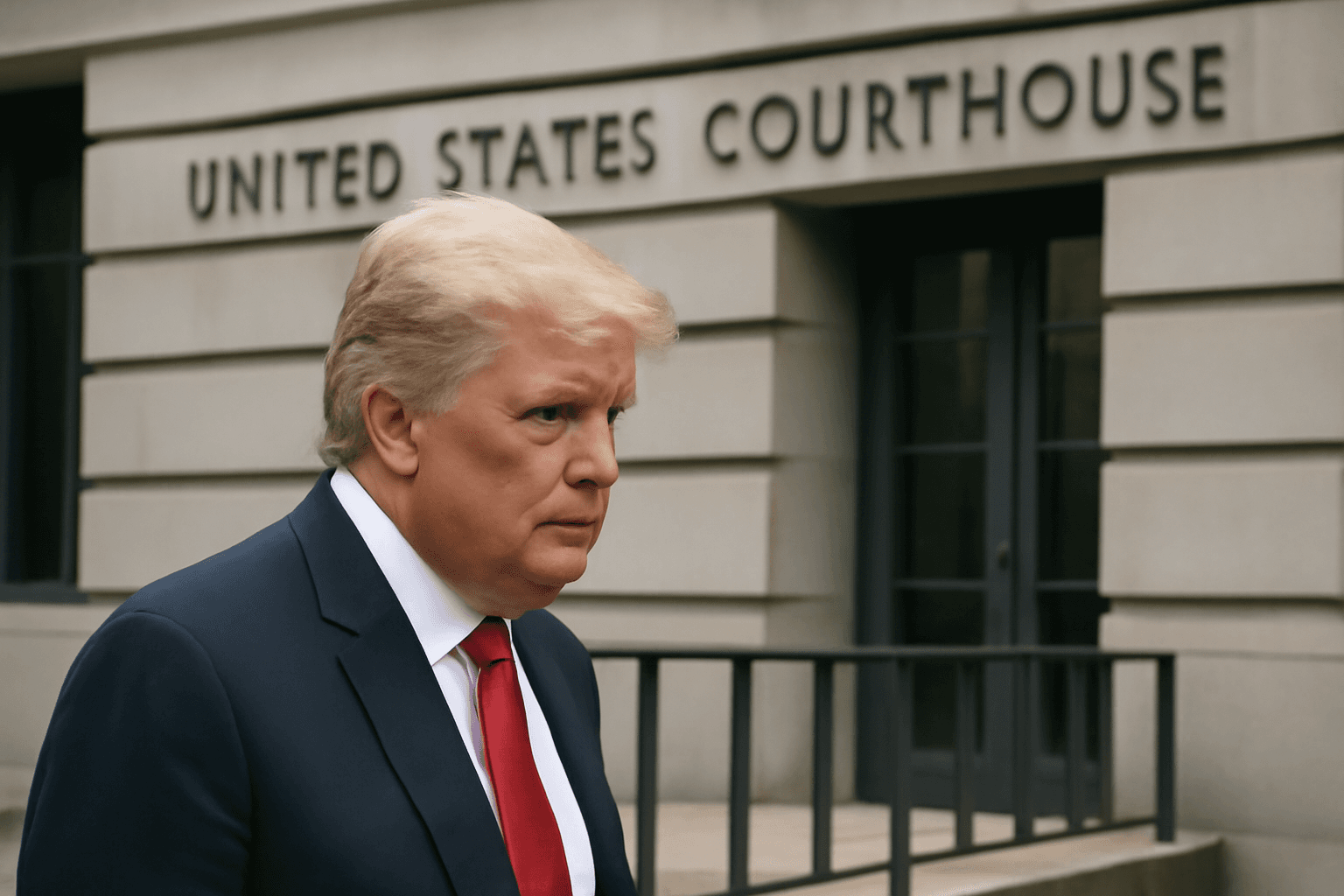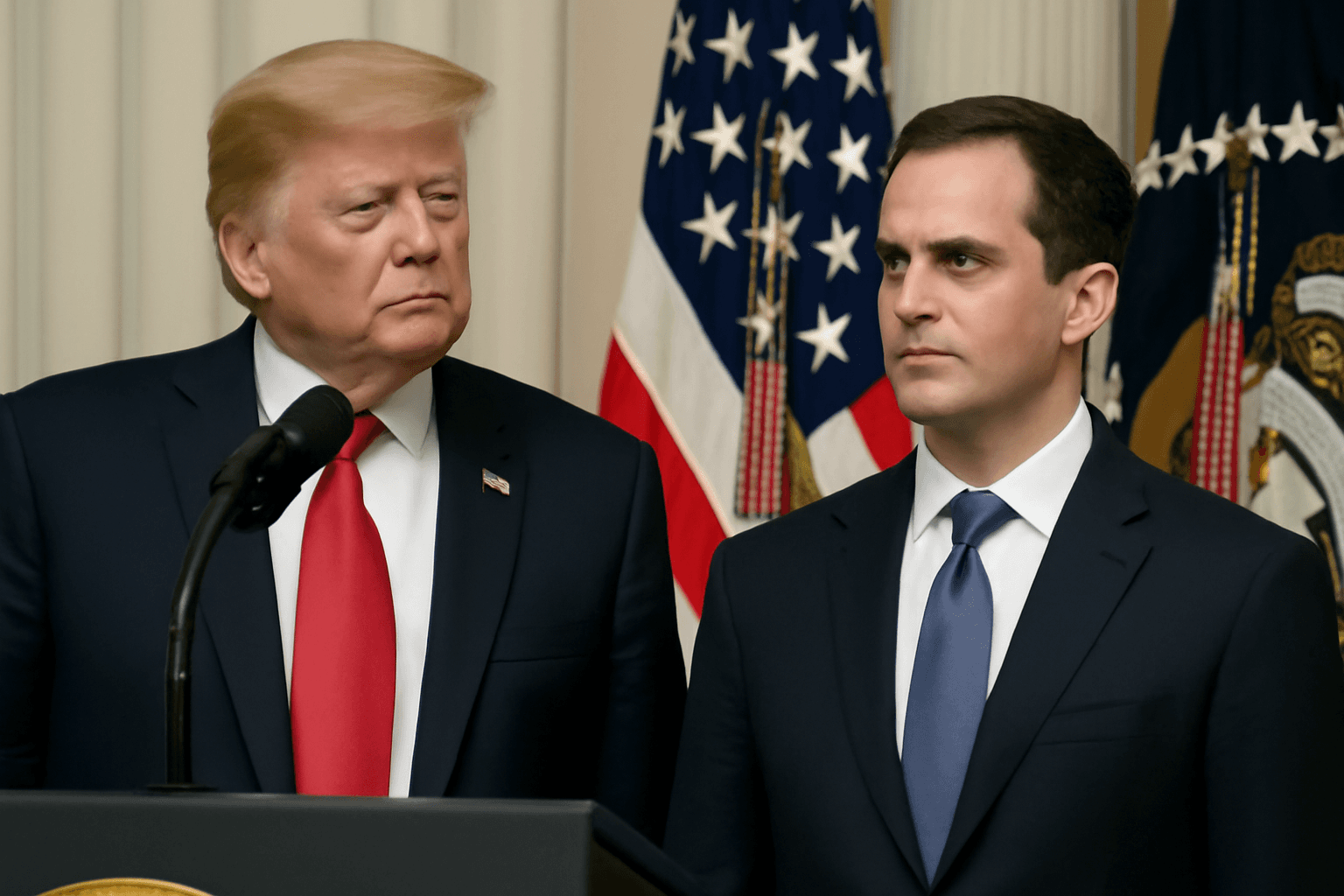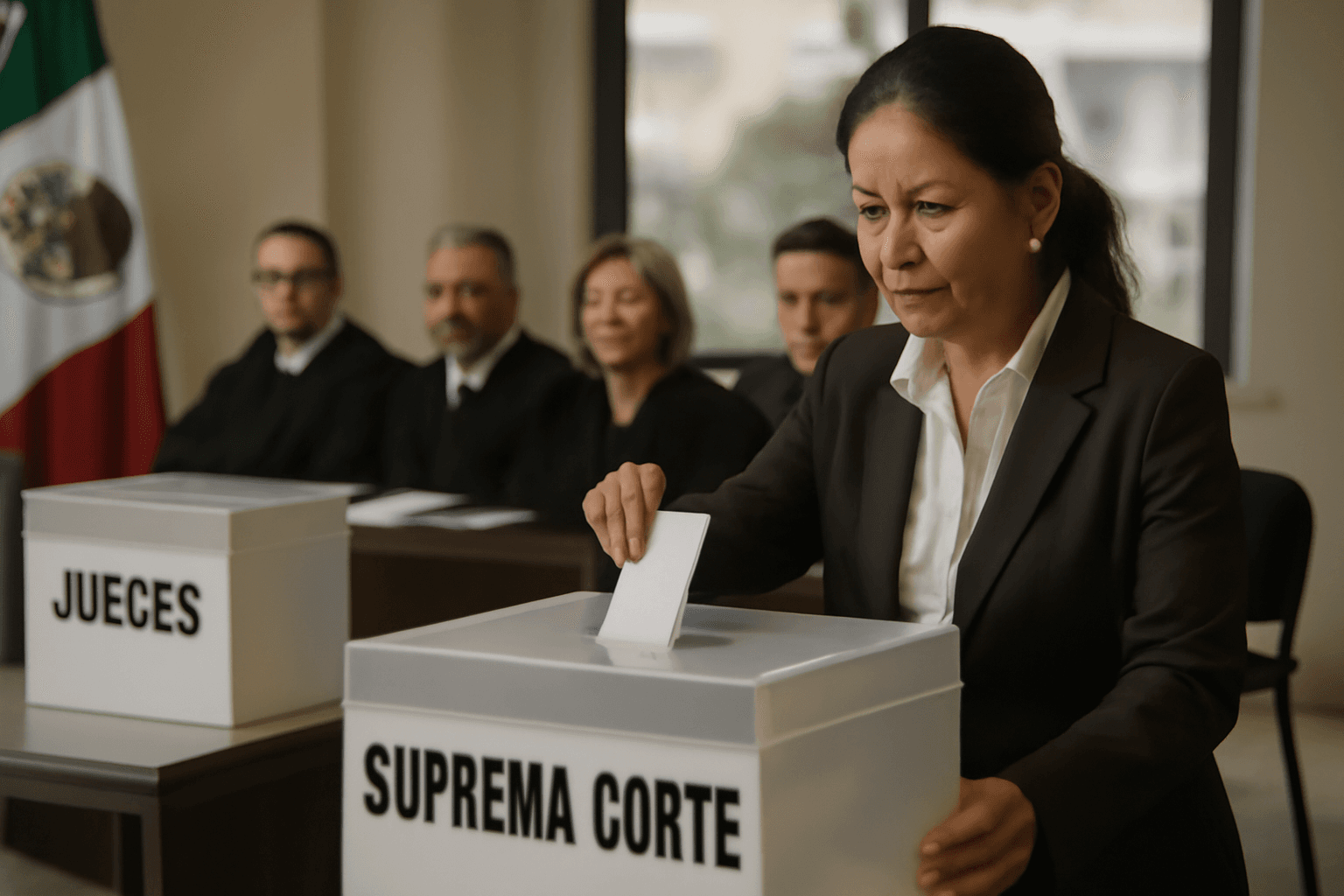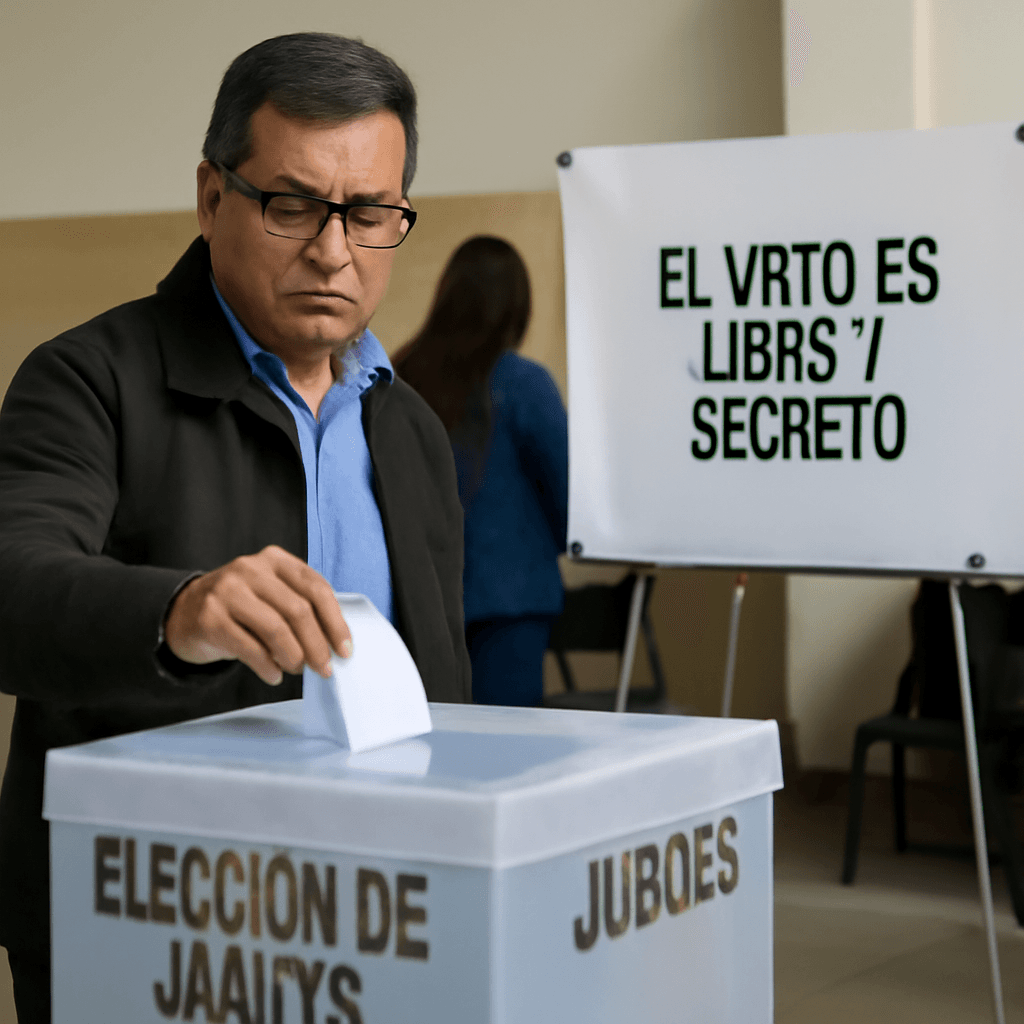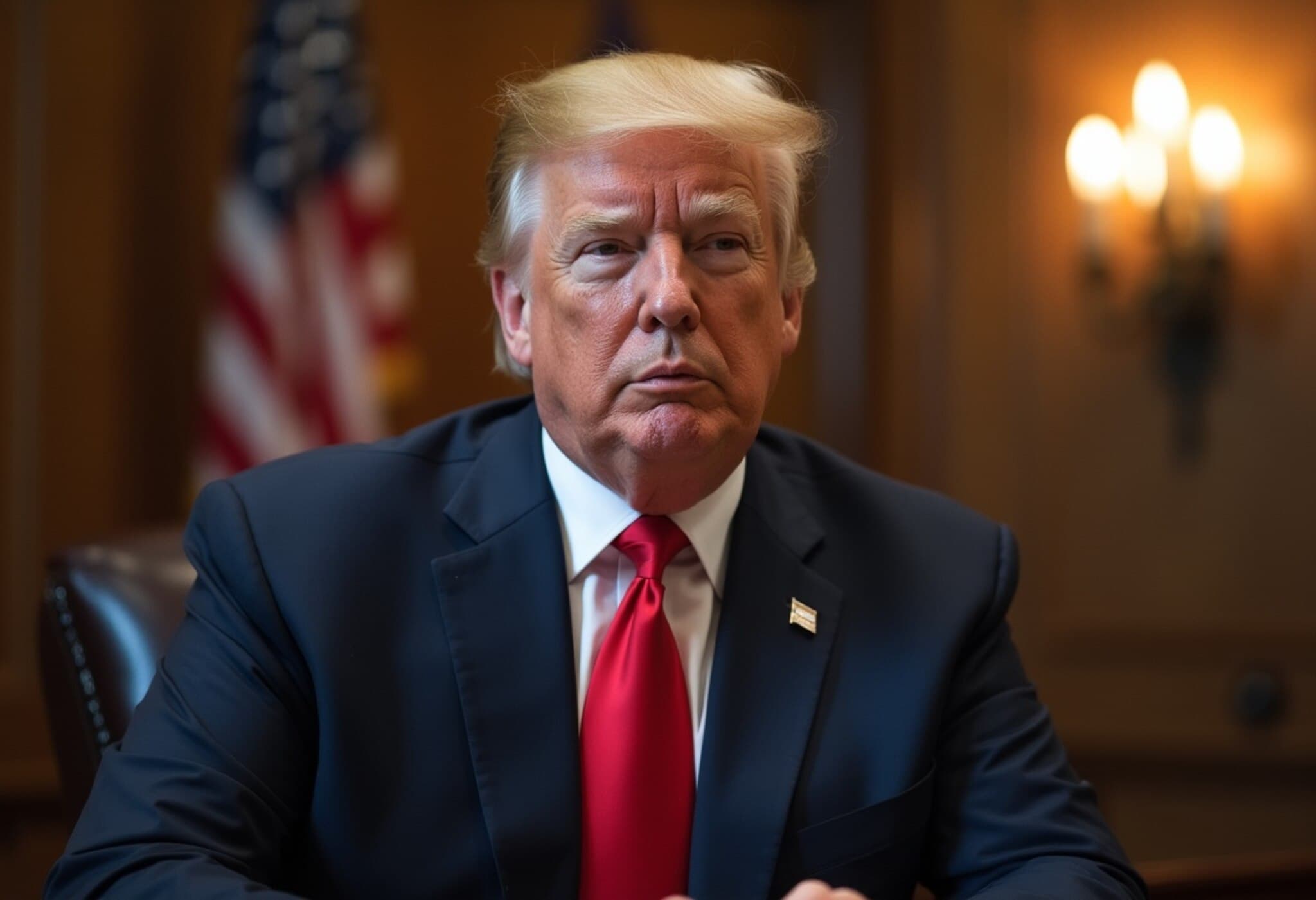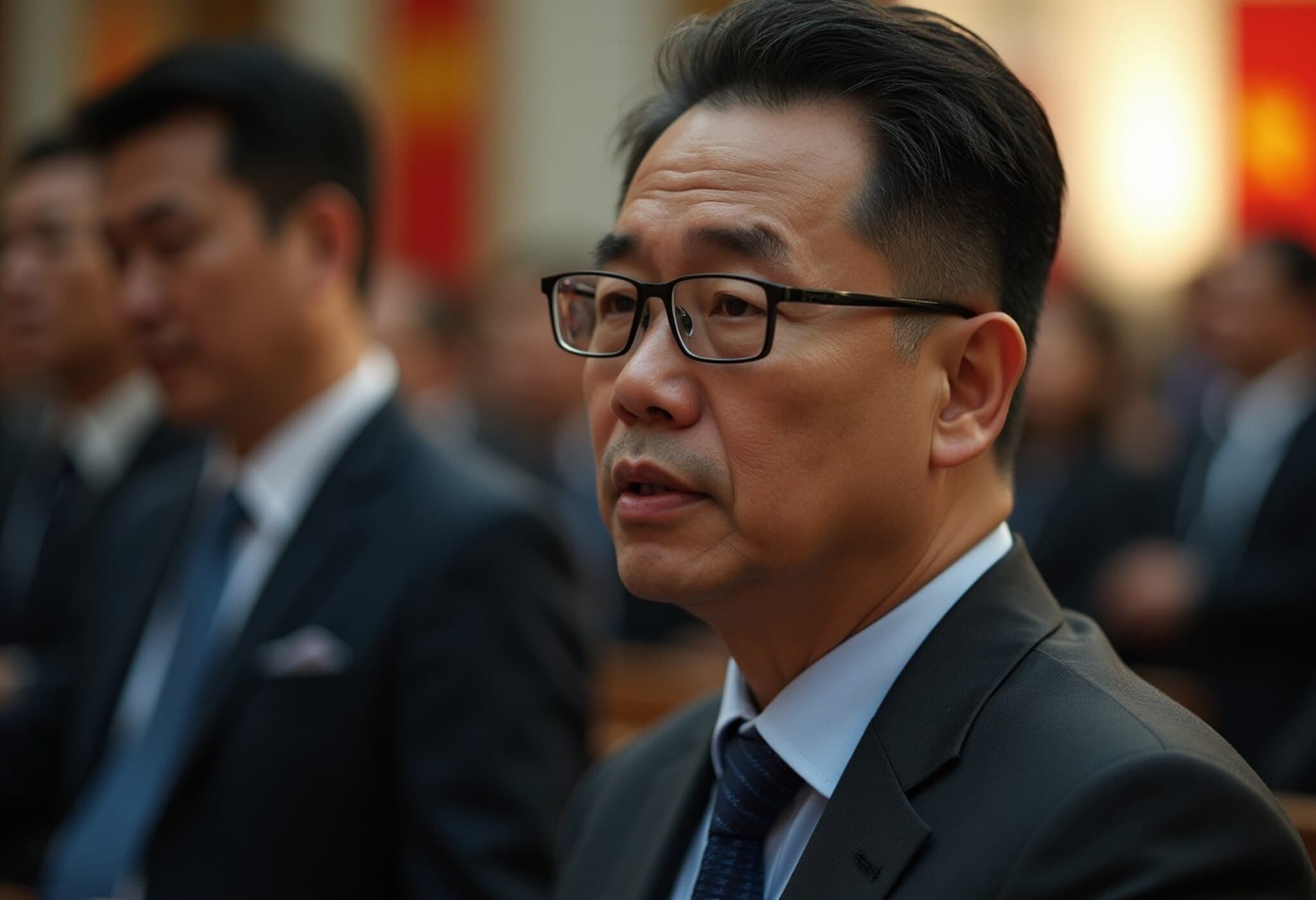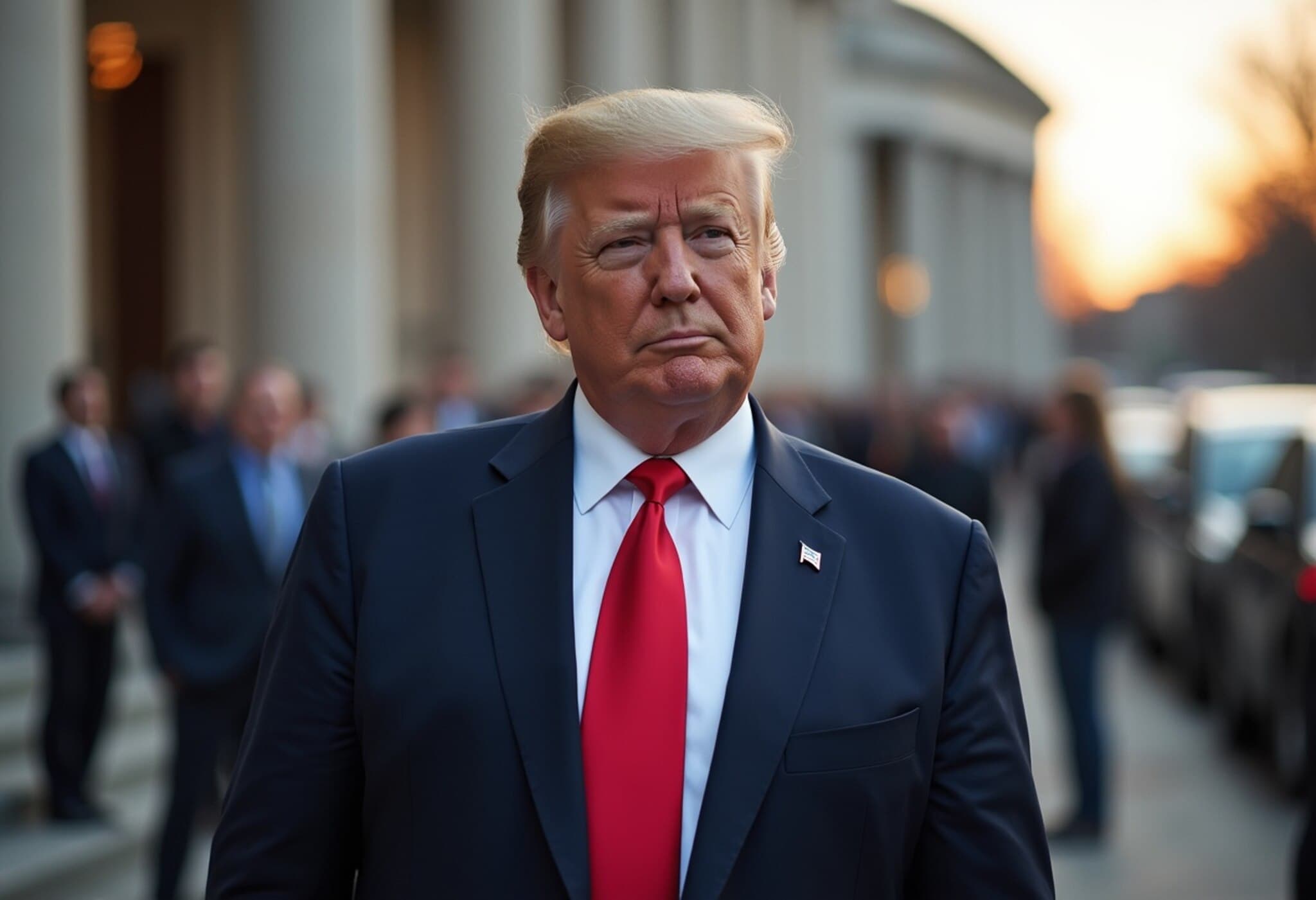Mexico's Groundbreaking Judicial Elections
On June 1, 2025, Mexico conducted an unprecedented election in which citizens voted directly to select judges and magistrates across federal and local courts, including the Supreme Court. This reform positions Mexico as the only country in the world where all judges are elected by popular vote, a move aimed at revitalizing a justice system long marred by corruption and impunity.
Background and Motivation
The government asserts that direct elections are essential to dismantle entrenched corruption within the judiciary. Many voters expressed frustration with the existing system, seeing the elections as a potential path to greater transparency and accountability. Arturo Giesemann, a retired voter, encapsulated this sentiment, citing his dissatisfaction with judicial corruption as his key reason for participating in the vote.
Challenges Faced by Voters
Despite high stakes, voter turnout was reportedly low, as many citizens found it difficult to assess hundreds of largely unfamiliar candidates. Lucia Calderon, a university professor, noted the lack of sufficient information to make informed choices. Similarly, Maria Estrada from Jalisco admitted relying on intuition rather than detailed knowledge of candidates’ backgrounds.
Concerns Over Judicial Independence and Criminal Influence
Experts have raised alarms about the potential politicization of the judiciary through elections. There is concern that organized crime groups, already influential in Mexican politics and law enforcement, might more easily infiltrate the judicial branch by manipulating popular votes through intimidation or bribery.
A United Nations special rapporteur on judicial independence highlighted that electoral processes might be more susceptible to criminal influence than traditional judicial selection methods. Approximately 20 candidates have been identified by human rights organizations as high-risk due to questionable backgrounds, including ties to criminal activities.
Public Opposition and Support
Resistance to the reforms manifested in protests across Mexico City, with demonstrators demanding protection of democratic institutions and warning against potential electoral fraud. Critics argue that elected judges could weaken judicial checks on executive power.
Conversely, President Claudia Sheinbaum defended the reforms as necessary to eradicate a corrupt judiciary and rejected allegations of electoral manipulation or political bias. She emphasized the importance of moving beyond a system that historically fostered privilege and impunity.
Election Specifics and Candidate Criteria
The elections covered around 880 federal judicial positions, including those in the Supreme Court, with a subsequent election scheduled for 2027 to fill remaining vacancies. Candidates were required to hold law degrees, demonstrate legal experience, have a good reputation, and possess no criminal record.
However, the sheer volume of candidates and lack of accessible information made thorough voter evaluation challenging. Legal scholars noted that significant corruption remains concentrated within prosecution and law enforcement, suggesting that judicial elections alone may not address systemic issues entirely.
Political Context and Legacy
The judicial reform initiative was strongly promoted by former President Andres Manuel Lopez Obrador, whose tenure involved frequent clashes with the courts. Critics view the elections as partly motivated by political grievances rather than solely by the pursuit of judicial integrity.
Conclusion
Mexico's historic step to elect its judiciary represents a bold experiment in addressing judicial corruption. While it introduces new risks of politicization and criminal infiltration, it also reflects widespread public discontent with the status quo and a desire for reform. The coming years will reveal whether this unique approach can enhance judicial independence and restore public trust in Mexico's justice system.

